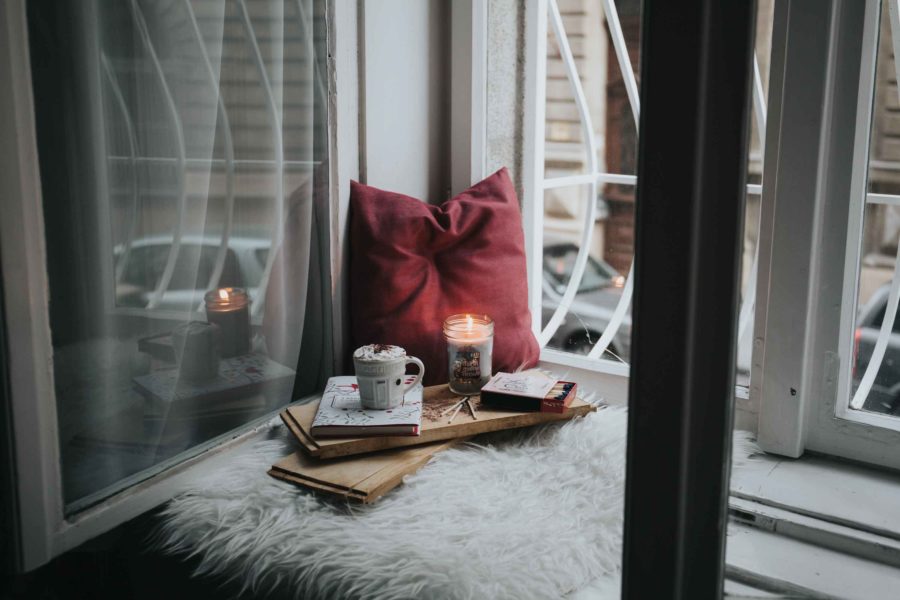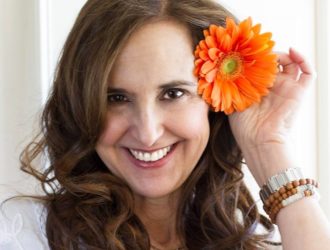Denmark has consistently ranked among the top four happiest countries in the world, according to the annual World Happiness Report. Perhaps one of the main reasons for achieving this coveted distinction, besides having a stable government and high quality public infrastructure, is how the Danes have curated happiness down to a science with a concept they call, “hygge.”
Pronounced hoo-gah, hygge does not literally translate to “happiness” in English. Instead, it is a cultural way of life that comprises contentment, coziness and warmth. “It’s tied to the feeling of a hug,” says Kerry Lavin, director of the Scandinavian Cultural Center in West Newton. “Americans look at it as a cozy feeling, but it’s more about making a place where people feel welcome and included. It’s an atmosphere of togetherness.”
With Denmark’s long, dark and cold winters, short summers, and, on average, 179 days of rainfall per year, “Hygge is the refined antidote … a survival strategy,” according to the book “The Little Book of Hygge” by Meik Wiking.
Naturally, homes are hygge headquarters for the Danish people.
As Bostonians, also braving long and dark winters, we could certainly take cues from the hygge phenomenon and incorporate these ideas in our own homes, making them the ultimate hibernation caves. To achieve this, we consulted local interior designer, Carolyn Salinetti, founder of Blissful Interiors.
Drawing from Scandinavian design, Salinetti says to create a more “hygge” home, one must clear out any clutter in the house.
“Scandinavian design is very minimalist and clean. Even if that’s not your aesthetic style, decluttering still creates that feeling of relaxation. You shouldn’t have a lot of things laying around and taking up space.”
Salinetti says traditional Scandinavian design includes stark whites and wood tones, but bright colors should be used as well, especially if sprinkled throughout the room. “Bright and playful moments in your home’s design can lift the spirits, especially in the winter,” she says.
Bright colors could be incorporated with soft pillows, woven blankets, and candles — all accessories that are necessary for a hygge home. The more blankets and pillows, the better.
In fact, author Wiking emphasizes how much the Danes love candles, citing the European Candle Association measuring Denmark as a country that burns more candles per head than anywhere in Europe. Books, nature-inspired decor, plants, woolen socks, hot drinks and desserts are also ingredients for the perfect hygge home. Lighting is important, too.
“The right lighting can really transform a place,” says Salinetti. For hygge lighting, bright ceiling lights aren’t ideal, instead use “several floor lamps to highlight different areas of your room. They should all have a soft yellow bulb,” she says. In other words, your light sources should emit a warm glow, not a blinding white stream of light.
Wiking says that many Danish homes have a “hyggekrog” or a nook where, “you snuggle up with a blanket, book and tea.”
Create your own cozy nook at home. “It’s nice to designate it with a separate, fuzzy carpet under that area, whether it’s a corner of your sofa or a reading chair,” recommends Salinetti. Part of the hygge experience is “incorporating all of the senses. Have soft music playing, and reward yourself with a nice treat.”
Lavin says it’s also about spending time with loved ones. “With family, we like to do game nights. We don’t have our phones out, we just focus on each other, have snacks and all sit together in the living room. Especially in the winter, it makes it feel that much more hygge.”



 2 min read
2 min read


